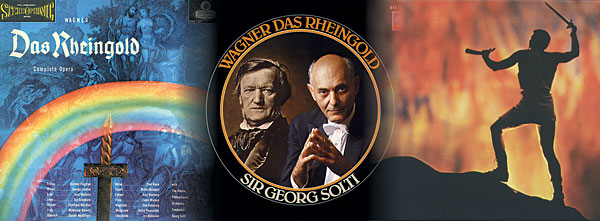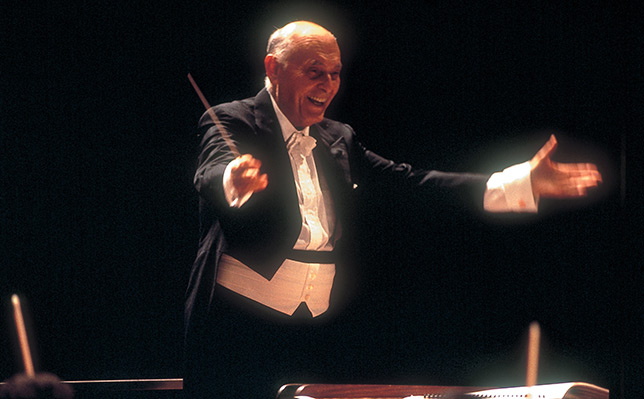- Joined
- Oct 11, 2018
- Messages
- 3,740
- Likes
- 6,454
When I read the accompanying booklet I found out that it had been taped off the radio by a recording enthusiast who use pro recording equipment to capture live broadcasts from 1951 to 1996.
In the context of this thread, that was one of the points Mike Ashman made after interviewing those responsible for and associated with the Keilberth Ring fiasco. But it wasn't just that episode. Legal wrangling no doubt kept a lot of 'would be' Bayreuth recordings off the open market, relegating them to air checks that were then circulated among fans, obviously with no thought to artist royalties.
Certainly classical, but also a lot of jazz records--the 'all-night frantic' stuff Symphony Sid and others were broadcasting, that made it to bootlegs, for example. In rock, the Grateful Dead just said, "screw it", and allowed open recording of their live material by anyone who cared to bring along a tape recorder.
I still think there's more to be said. Or at least more questions than have answers. The status of the actual recording seems very strange to me. You'd think that a company with the means and influence of Decca wouldn't have gone to all the time/expense to send over a recording team, and then have their producers assemble final master tapes, without having a reasonable expectation that the material could have been legally released. And that it had artistic merit.
Of course knowing the stupidity of some corporate decision makers, who knows how it was? Maybe Culshaw had it right all along. Maybe when he walked into the meeting, telling everyone that the Keilberth project was dead from the get-go, and that instead they should give him all their time and money, he was not speaking from ego, but practicality?
Anyone's opinions are as good as mine. If the Italian poet was refereeing, he'd probably have put Legge in the Fourth Circle, guilty of the aesthetic sin of greed. I can't but help think that Culshaw would have been sentenced to the Sixth Circle, sinning against both human labor and art.



